Recommendation points
- Furnace functions
- Furnace classification
- Stove-heater
- Wood burning stove
- Gas-wood stove
- Gas stove
- Electric stove
- At the end
The bath is more than just a process of cleansing the body. For many connoisseurs, a visit to the bath is akin to a ritual, so there can be no trifles here. When building a bath, everything should be taken into account and thought out in advance, since a decision taken hastily may negatively manifest itself later. Choosing the right stove plays a huge role in the construction of a bath!
Today there are a lot of sources of information on this issue, but when a person wants to know something specific, he has to look for the necessary knowledge among the ocean of useless information. Let’s try in this article as briefly, accessible and in essence to answer the main questions regarding sauna stoves.
Furnace functions
First of all, you need to answer the question: what is the main function of the oven in the bath? There are several of them. First, the heating of the sauna room itself. Secondly, heating the water. Thirdly, heating stones to generate steam. There are also some requirements for a sauna stove, regardless of its type: safety, sufficient power, a certain size.
Safety, in this case, means the exclusion of such factors as: the possibility of fire, short circuit, getting burned. However, everyone understands perfectly well that there are no absolutely safe ovens. Don’t forget about the human factor as well! The stove should not allow any gases or smoke to pass through the room – this is a very important point.!
Sufficient power – this refers to the ability of the stove to completely heat the room, heat the water to the desired temperature, and also guarantee good steam in the steam room. The range of power adjustment of the oven should be wide. The temperature in the steam room should be about 60 degrees below and about 90 under the ceiling, stones should be heated to 200-250 degrees.
The size of the stove is determined based on the size of the steam room.
Furnace classification
There are a lot of sauna stoves today. Let’s try to classify them according to different criteria. According to the criterion of the energy carrier used, bath stoves are divided into solid fuel (wood), gas, and electric. According to the material from which the furnaces are made: brick and metal. Brick sauna stoves, in turn, are subdivided into direct and constant heating stoves. According to the temperature of the outer walls of the furnaces, they are classified into “hot” and “cold”. For the convenience of description, we will divide all existing furnaces into several types, consider in detail all the advantages and disadvantages of each of them. Now let’s take a closer look at each type of oven.
Separate direct heating furnaces (batch) and constant heating (continuous). Their main difference is that you cannot steam during the heating of a direct heating furnace. As soon as you pour water into the oven, the steam room will fill with poisonous carbon monoxide. In constant heating ovens, the stones are in a special oven, they do not heat up as much as in a direct heating oven, but you can steam and simultaneously heat the oven.
“Hot” and “cold” furnaces are the division of furnaces according to the heating temperature of their outer walls. The outer walls of the “hot” stove warm up to 100 degrees, so it is advantageous to install such a stove in a bath or steam room that has no other heat sources. When using such a stove, the main thing is not to overheat the steam room, because it will no longer be possible to recreate the required humidity in the room. And the absence of humidity at high temperatures will automatically turn your bath into a sauna. So if you like to go to the bathhouse thoroughly, without rushing, then the best choice would be a “cold” stove. The temperature of the outer walls of the “cold” oven reaches 40–60 degrees, which is enough to create steam. The principle of operation of such a stove is as follows: cold air at the floor in the steam room is taken through special channels, heats up and returns to the room already hot. When the temperature required to create steam is reached, these channels are closed, and the temperature further increases due to an increase in humidity, when steam is added. So you can control temperature and humidity separately.
Stove-heater
Kamenka stove – the traditional sauna stove was brick-built with a chimney and a stone tray. To date, choosing just such a furnace will not be the best solution. This is explained by the following factors:
- A high-quality brick stove that can last a long time can only be built by an experienced bricklayer-stove maker today. It is expensive. Plus, the repair of such a furnace will cost a pretty penny.
- A brick oven in a small steam room will take up a lot of space.
- For a good firebox of such a stove, you need a lot of firewood and a lot of time..
Modern ovens are made from stainless steel or fireproof glass. Such a furnace is much lighter and smaller. A metal stove heats up much faster, it can be heated while visiting a bath – this is a continuous heating stove. To increase the heat capacity, metal furnaces are covered with bricks.
Wood burning stove
Wood-burning sauna stoves are placed in the steam room so that the firewood can be laid from the dressing room. In this case, it will be easier to clean the ash from the stove, and there will be no need to carry firewood to the steam room. If several people are steaming and the temperature begins to drop, such an arrangement of the stove will allow you to “turn on the heat” without interrupting the process. The design of the stove includes the following elements: a stove with stones, a firebox, an ash pan, a grate and a chimney. The volume of the furnace is directly related to the performance of the furnace, the larger the volume, the better. The grate delivers air to the burning tree, there are coals directly on it. The best material for the manufacture of this element is cast iron. Cast iron tolerates very high temperatures better than any heat-resistant steel. It is more convenient to design the ash pan in the form of a drawer, in this case you do not have to rake the ash with a brush or poker.
You also need to pay attention to the type of wood that is used to light the stove. It is not recommended to use conifers, as they generate a lot of soot during their combustion, which requires more frequent cleaning of the collector. When laying a wood-burning stove, you need to know the exact dimensions of the steam room so that there is enough power to heat the room.
Let’s summarize. The advantages of a wood-burning stove include:
- high furnace performance
- possibility of planning the place of laying firewood
- low cost of energy
- real wood scent
- well, the heat from the stone is much more pleasant than from the metal
A significant drawback is the mandatory presence of a chimney.
Gas-wood stove
Gas-wood stoves today are quite in demand due to their versatility and reasonable price. In addition to firewood, natural gas or hydrocarbon can be used as fuel. Furnaces of this type provide additional interchangeable elements, gas equipment (burners, valves, filters) and compartments for solid fuel. The growing popularity of these stoves is due to the choice of fuel. In addition to the ability to burn with gas, they do not have any significant differences with wood-burning stoves..
Gas stove
Gas stoves-heaters – this type of stove was put into operation relatively recently, but has already gained popularity among steam lovers. The decisive role here is played by the possibility of their operation on bottled gas, which makes it possible to use them even in places where there are no communications. Moreover, gas is cheaper than electricity or wood. These are ovens of direct (periodic) heating, so they are suitable for those who are in no hurry, constantly or who live in a private house for a long time. The newly installed stove will have to be melted for about 4–6 days, then it will take about 8 hours to warm up the steam room. Gas ovens are more compact, quick to install, and have a hot water tank, which can be purchased separately. When choosing a gas oven, you need to take into account the area of the room in which it will be installed. The inconvenience of such a stove is that, in addition to arranging a chimney, as in a wood-burning stove, special permission from the relevant authorities is required for their installation and operation. This is due to the fact that gas stoves are unsafe compared to wood-burning stoves..
Electric stove
Electric heaters are currently the easiest type of ovens to maintain. They do not need any special care and are very easy to use. These stoves are as far away from traditional brick wood-fired stoves as possible. The heating element acts here as a heating element, such a stove is installed on the floor or mounted on the wall. The stones in such a furnace reach a temperature of 600 degrees, although the furnace itself is very compact. An electric heater is primarily electrical equipment that will operate in an environment with constant humidity and high temperatures. Therefore, you must think about good wiring and think in detail about the fresh air supply system, which is quite difficult to do.
When choosing an electric stove, you need to evaluate the quality of thermal insulation in the room, the availability of ventilation, and based on this, choose a stove of the required power. Such ovens are often made with a double shell, so the temperature of the outer walls does not exceed 40 degrees. Consider the advantages of electric ovens:
- no chimney equipment required
- heat up very quickly
- no garbage
- safety
- compact size
- the ability to control the heating process remotely
- if necessary, the oven simply turns off and cools down quickly
But what about the disadvantages: the need to supply sufficient electrical power (you need a copper cable with a cross section of 5 mm2), the service life is limited (with regular use, it is enough for 5-6 years).
At the end
What stones are needed for the heater? Best suited stones are the size of a fist or slightly larger, close to the shape of a circle, gray. It is better to take stones that have been near the water for a long time, because they are hardened by nature itself. The stones must be non-toxic. For a bath, rocks such as basalt, porphyrite are recommended. The number of stones should be based on the calculation of 3-5 kg per 1 cubic meter of the steam room volume. It is not necessary to use stones with chips or cracks, they can fall apart during heating or watering and leave sharp fragments.
What mistakes can you make in the process of choosing a stove, even with some knowledge:
- do not lean towards one model, explore the entire range;
- it is better to make such a purchase in the presence of a person who has experience in operating this or that type of oven;
- do not buy a very powerful oven, make preliminary calculations, why pay for something that will not be used;
- when buying an electric furnace, make sure that your electrical wiring is working and its ability to withstand the expected loads;
- purchase goods from firms and suppliers who already have experience in this area and have positively recommended themselves;
- do not unconditionally trust beautiful advertising offers, think logically.
I would like to hope that this article will help you make the right choice, suggest something that you did not know before. Go to the bathhouse, because the bathhouse is health. Good luck to you!

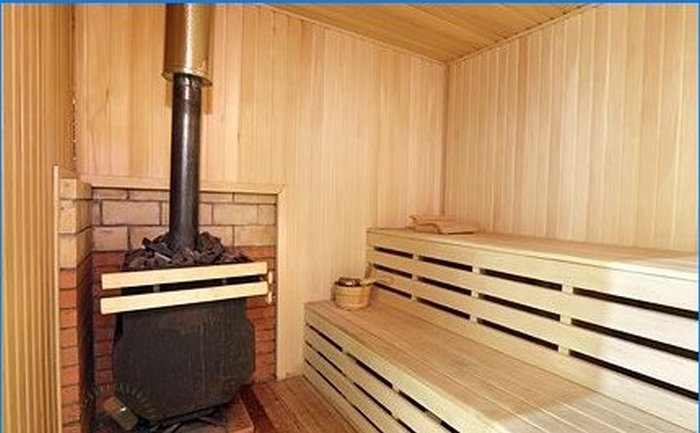
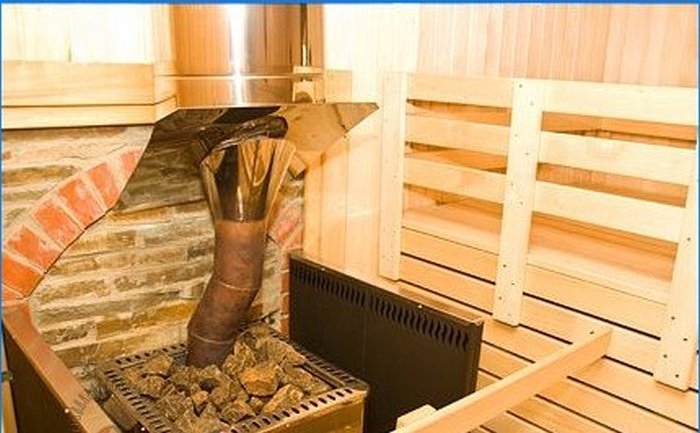
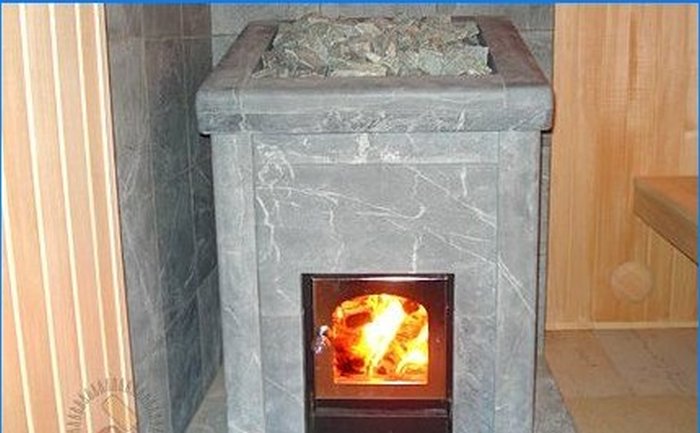


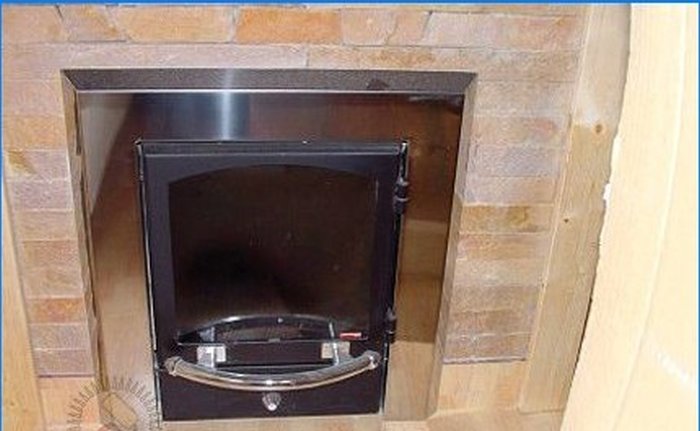
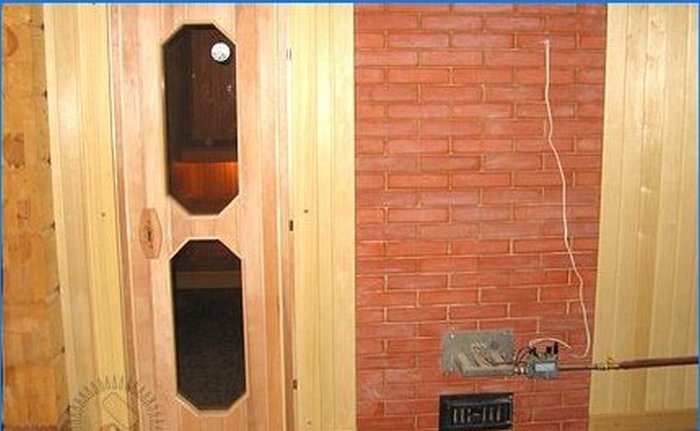


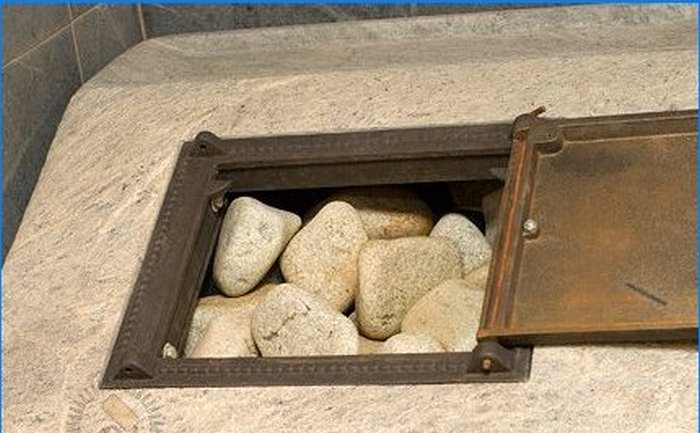
I would like to know what factors should be considered when selecting a stove for a bath? Are there any specific features or specifications that I should prioritize in order to ensure efficient heating and safety? Any recommendations or tips on brands/models known for their quality performance would also be greatly appreciated. Thank you!
When selecting a stove for a bath, several factors should be considered. Firstly, the stove should be suitable for the size of the bath to ensure efficient heating. Secondly, safety features such as a thermostat, automatic shut-off, and a sturdy build are crucial to prevent accidents. A stove with good insulation will help retain heat, further improving efficiency. Prioritize stoves with adjustable temperature settings to control the heating level. Look for reliable brands known for producing high-quality stoves with good customer reviews. Some recommended brands/models include XYZ, ABC, and DEF. Additionally, consulting with professionals or seeking recommendations from experienced bath owners can provide valuable insights for the best stove selection.
Choosing a stove for a bath can be a daunting task. What factors should be considered to ensure the perfect fit? Should the size of the bath, type of fuel, or efficiency be the primary concern? Any recommendations on trusted brands or important features? Additionally, is there a specific type of stove that works best for certain climates or frequency of use? Any advice on this matter would be greatly appreciated!
Can anyone offer advice on selecting the ideal stove for a bath? What factors should I consider when making this decision? Any recommendations on specific stove models or brands that have proven to be reliable and efficient? Thank you in advance for your help!